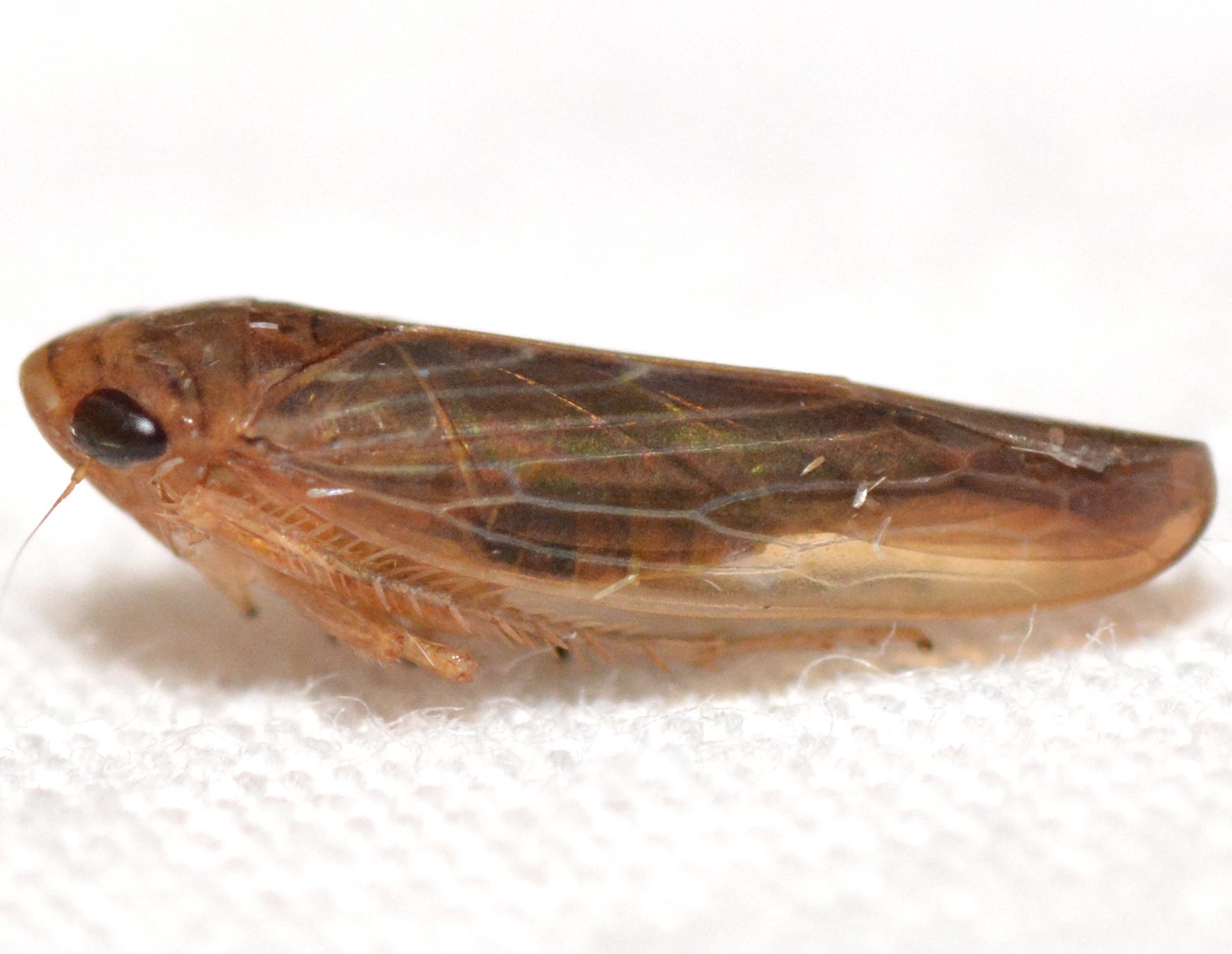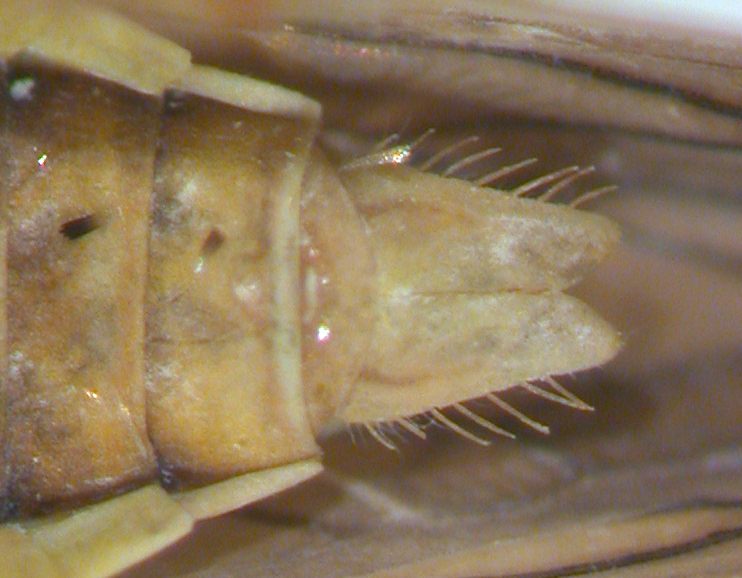Species Photo Gallery for Chlorotettix lusorius No Common Name 17 |
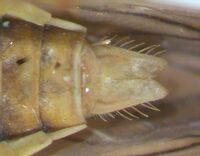 | Photo by: Bo Sullivan
Ashe Co.
Comment: 7.3 mm; elev=3200. 1 male dissected | 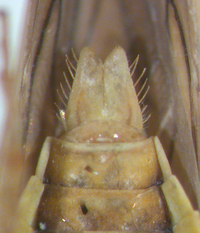 | Photo by: Bo Sullivan
Ashe Co.
Comment: 7.3 mm; elev=3200. 1 male dissected |
 | Photo by: Bo Sullivan
Ashe Co.
Comment: 7.3 mm; elev=3200. 1 male dissected | 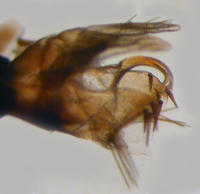 | Photo by: Bo Sullivan
Ashe Co.
Comment: 7.3 mm; elev=3200. 1 male dissected |
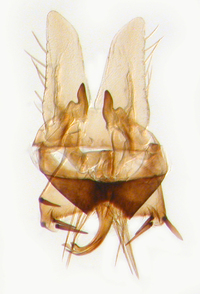 | Photo by: Bo Sullivan
Ashe Co.
Comment: 7.3 mm; elev=3200. 1 male dissected | 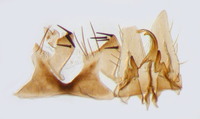 | Photo by: J. Bolling Sullivan
Ashe Co.
Comment: elev.=3200 |
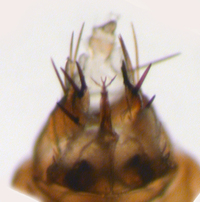 | Photo by: J. Bolling Sullivan
Ashe Co.
Comment: elev.=3200 | 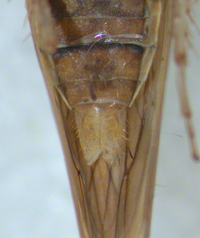 | Photo by: J. Bolling Sullivan
Ashe Co.
Comment: elev.=3200 |
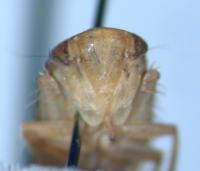 | Photo by: Bo Sullivan
Ashe Co.
Comment: |  | Photo by: Bo Sullivan
Ashe Co.
Comment: 7.3 mm |
 | Photo by: Bo Sullivan
Ashe Co.
Comment: 7.3 mm |  | Photo by: John Rosenfeld
Out Of State Co.
Comment: female |
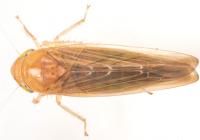 | Photo by: John Rosenfeld
Out Of State Co.
Comment: female |  | Photo by: Kyle Kittelberger
Ashe Co.
Comment: collected by Bo Sullivan; male, 6.9 mm |
 | Photo by: Kyle Kittelberger
Ashe Co.
Comment: collected by Bo Sullivan; male, 6.9 mm | 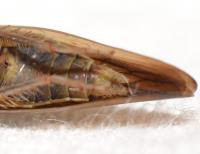 | Photo by: Kyle Kittelberger
Ashe Co.
Comment: collected by Bo Sullivan; male, 6.9 mm |
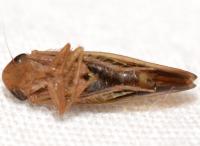 | Photo by: Kyle Kittelberger
Ashe Co.
Comment: collected by Bo Sullivan; male |

 »
»